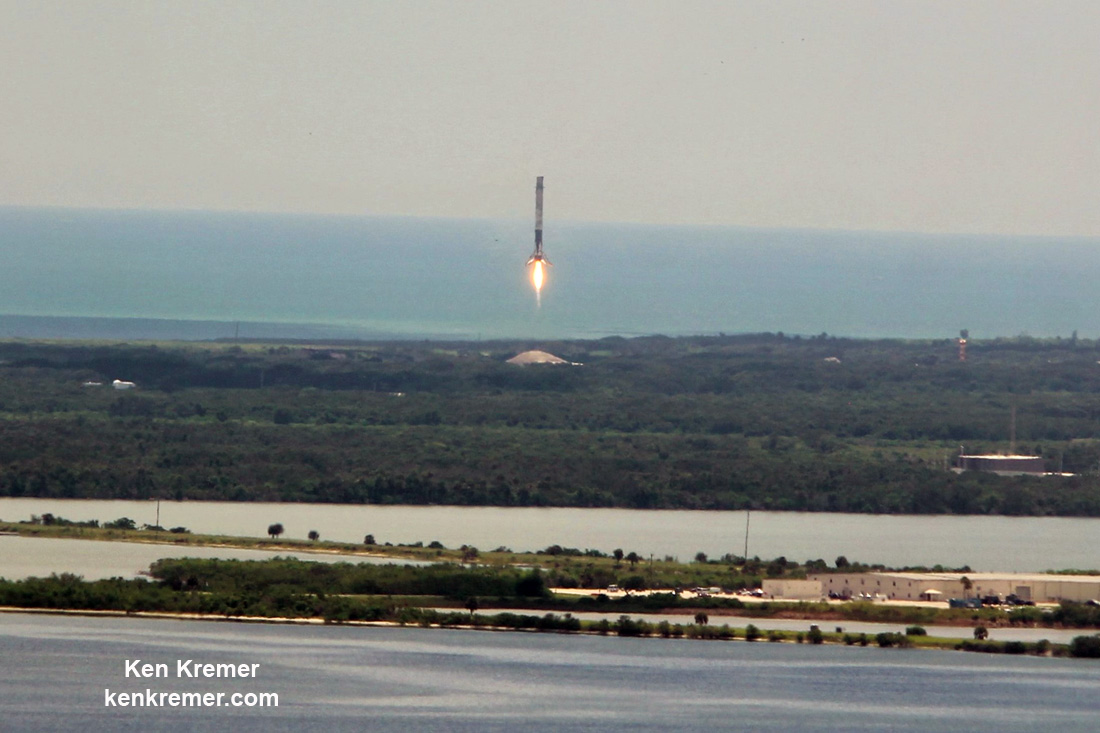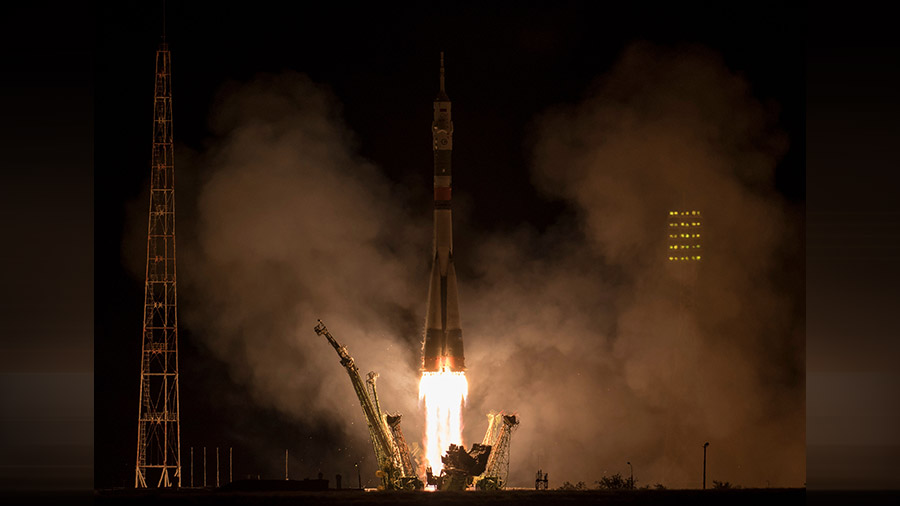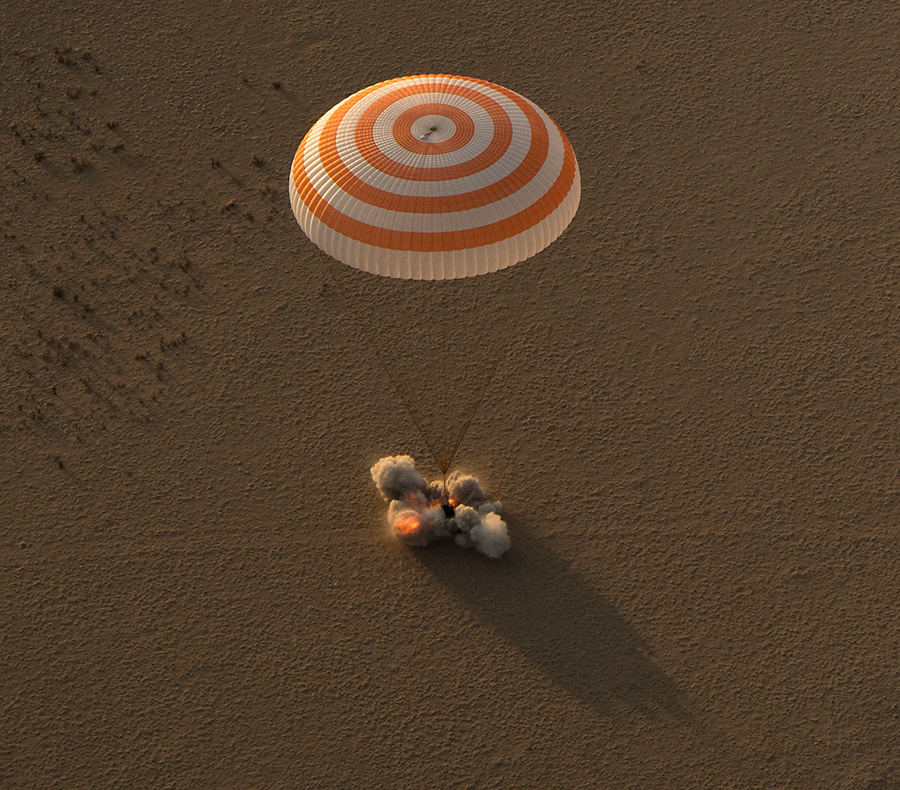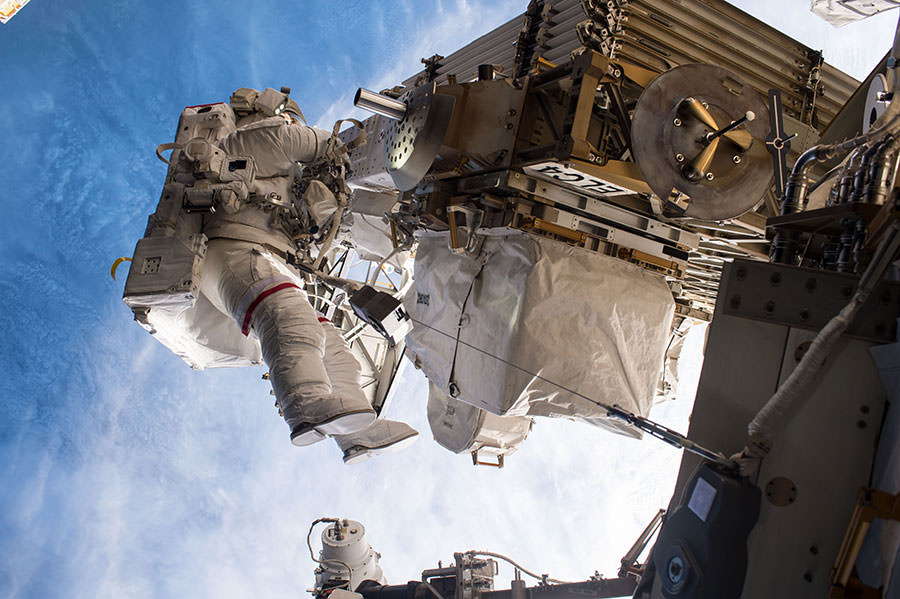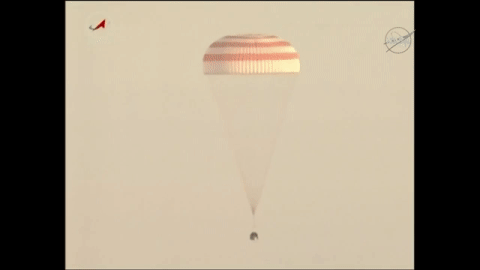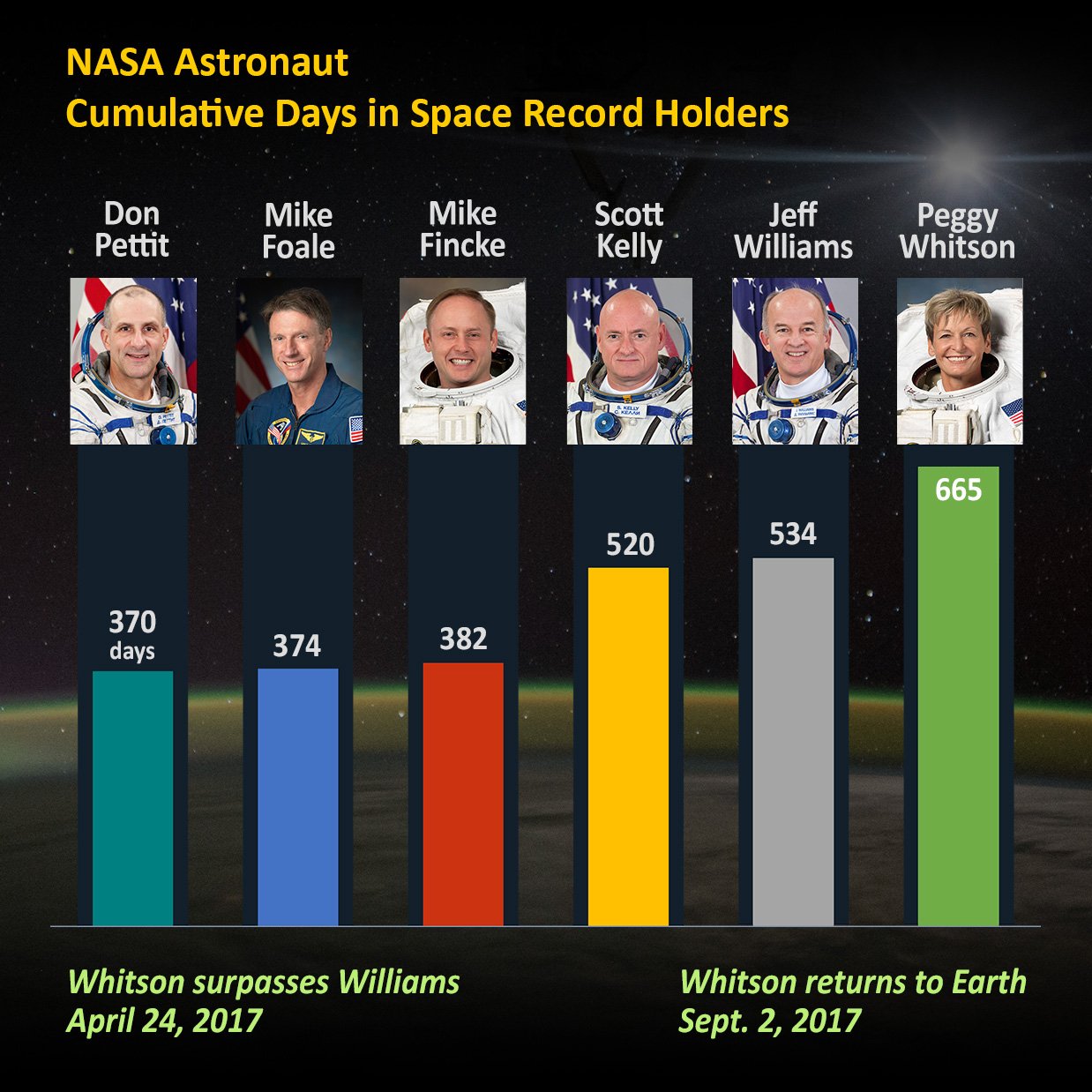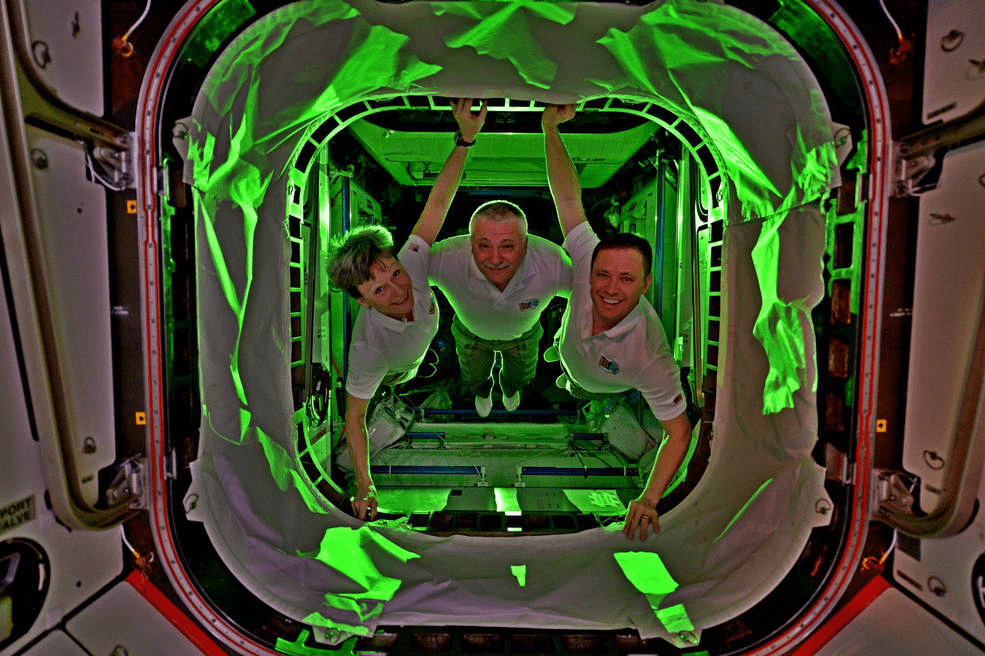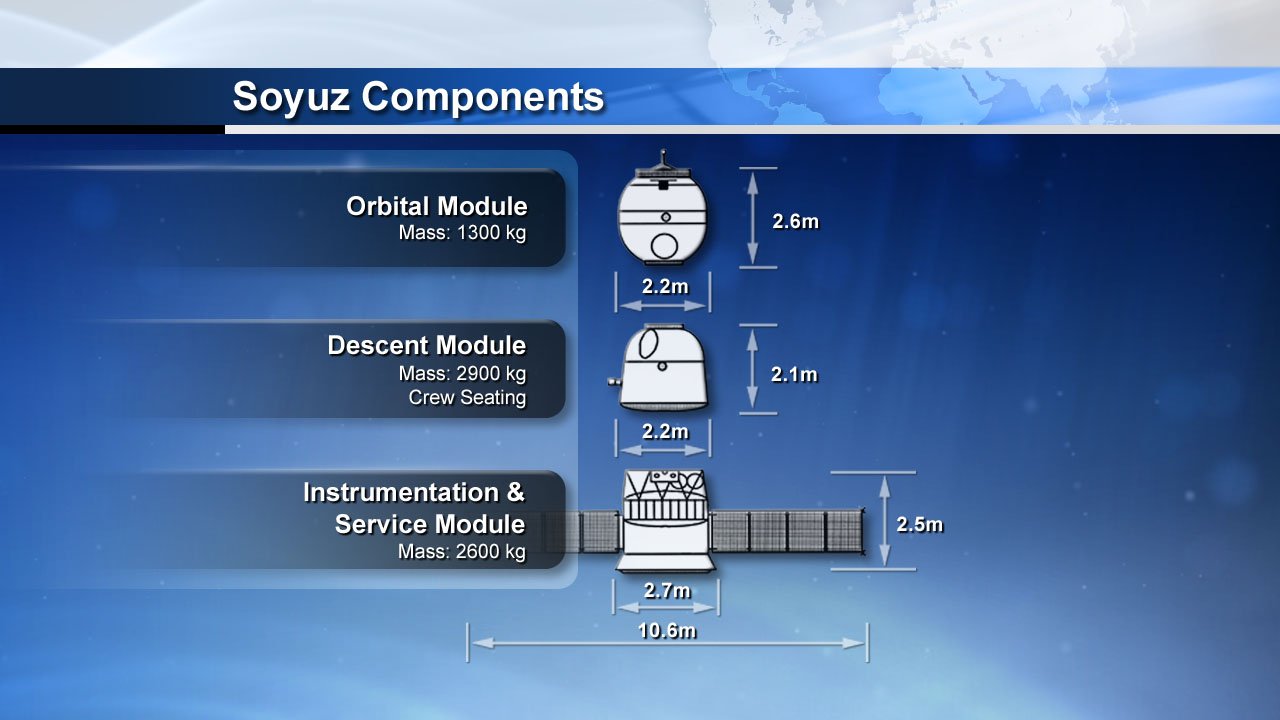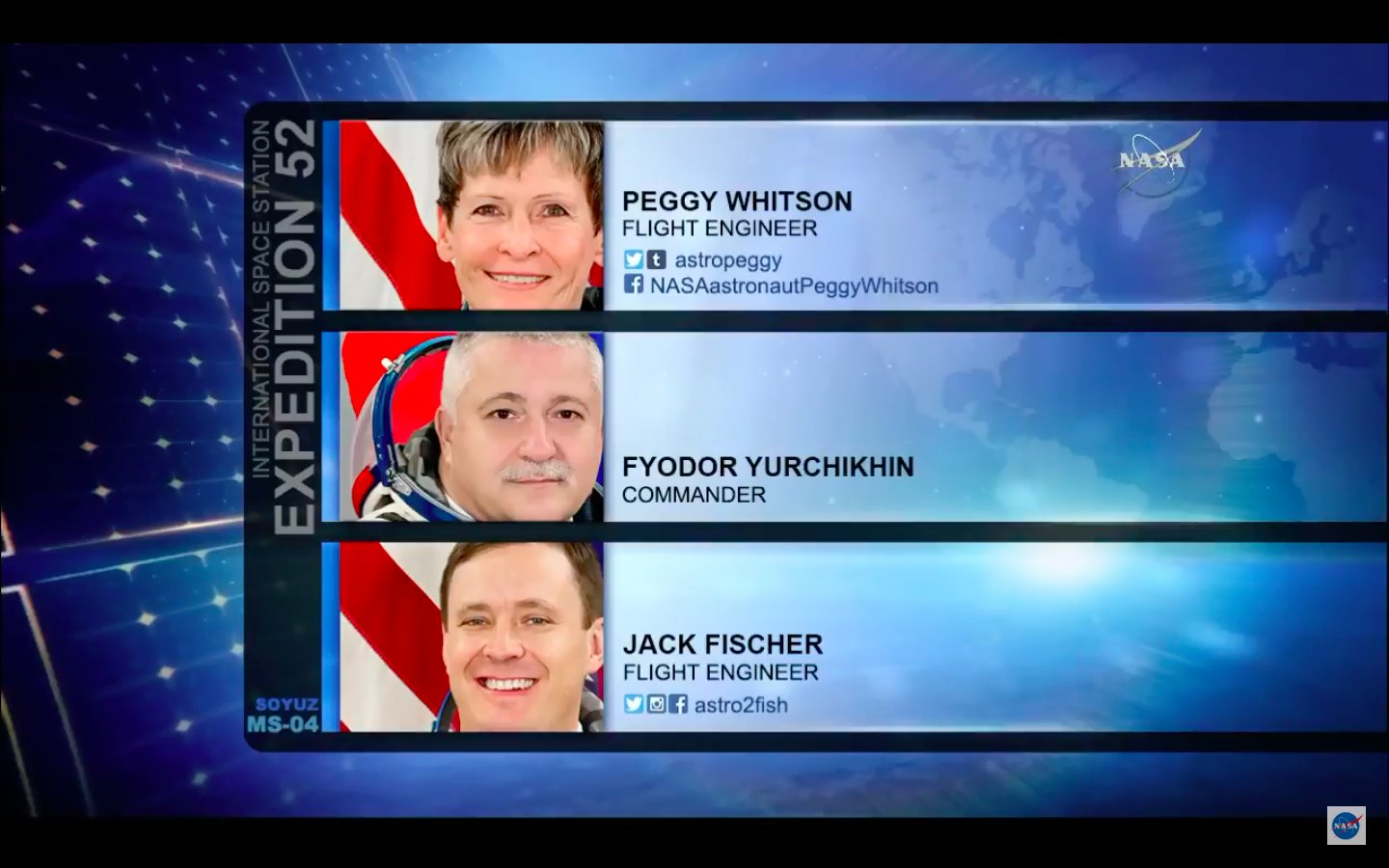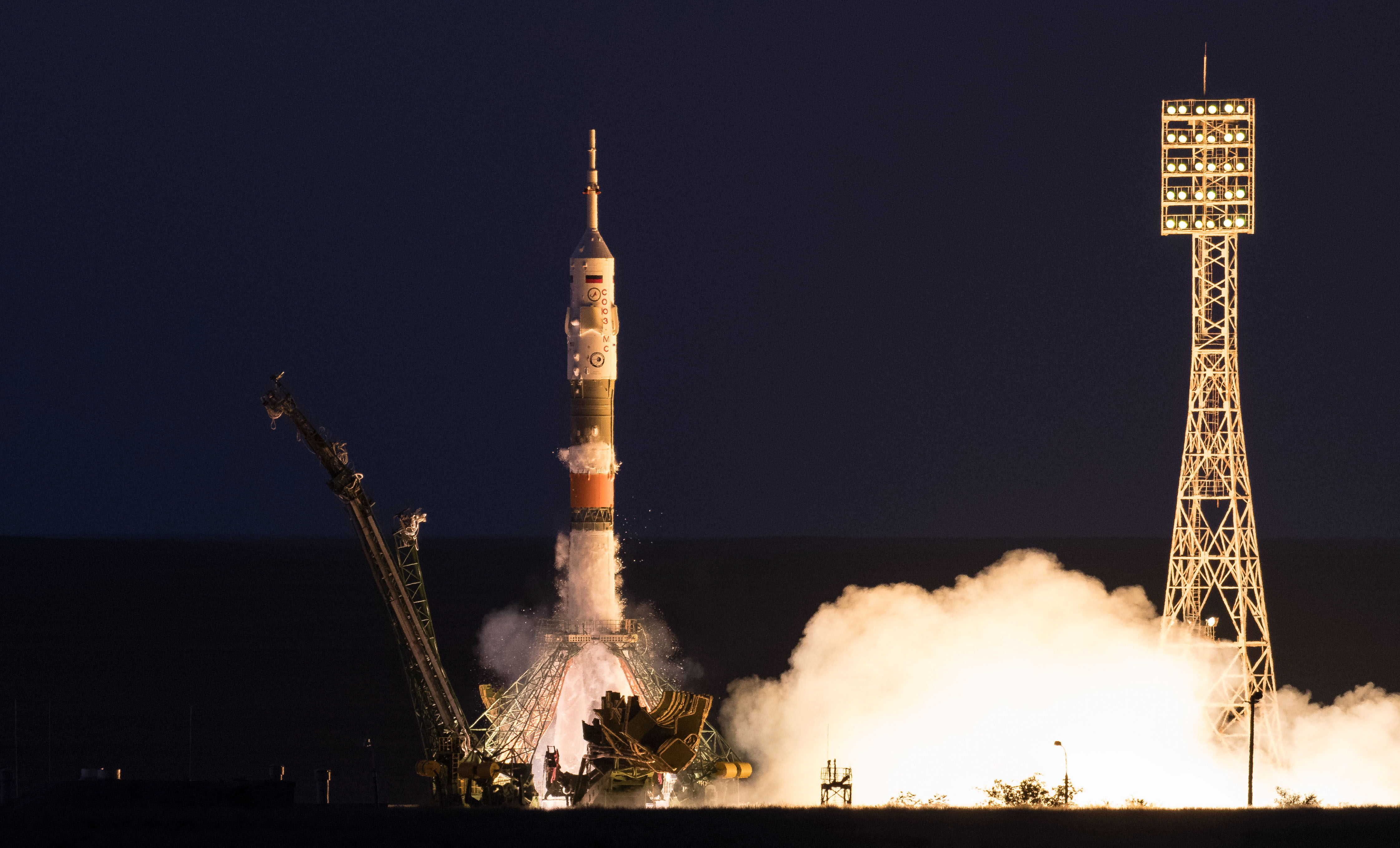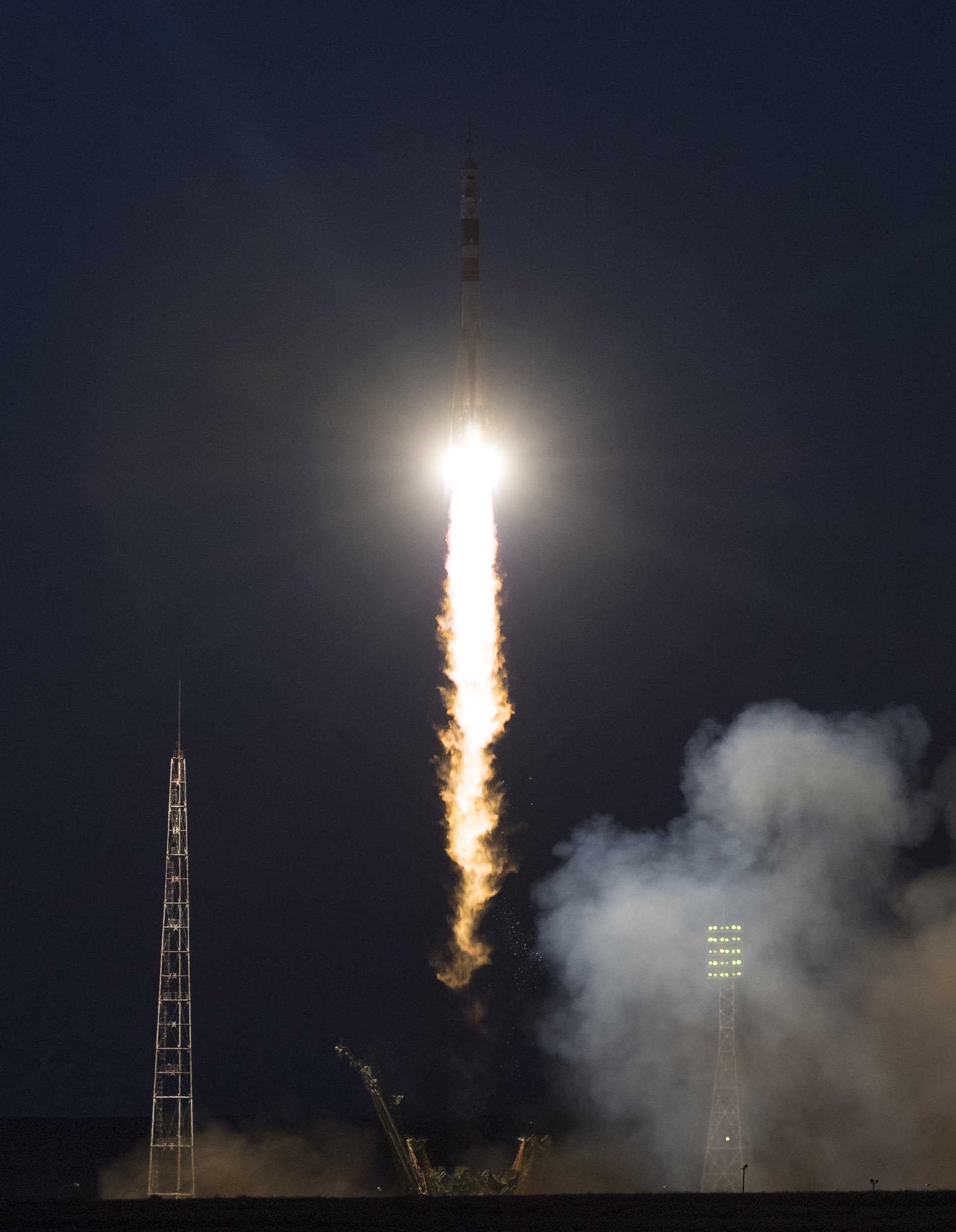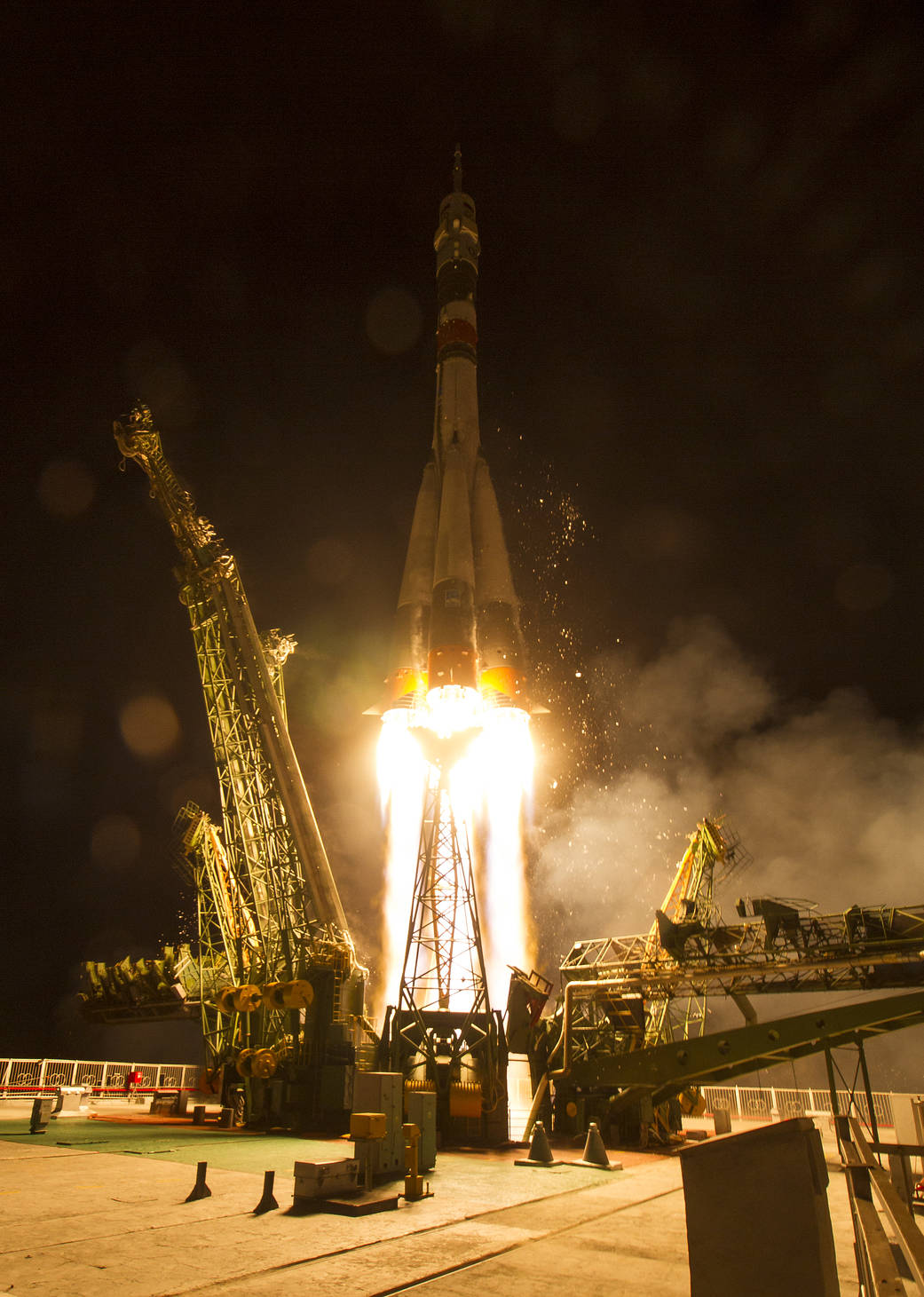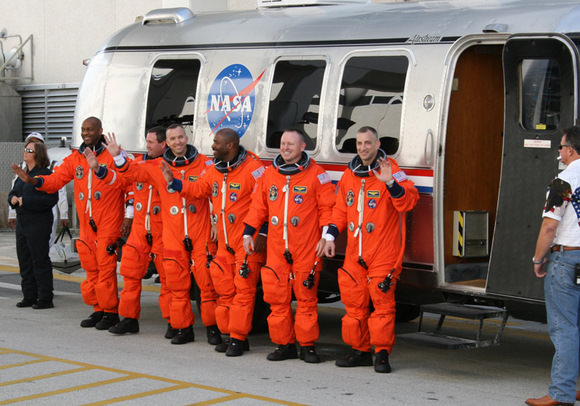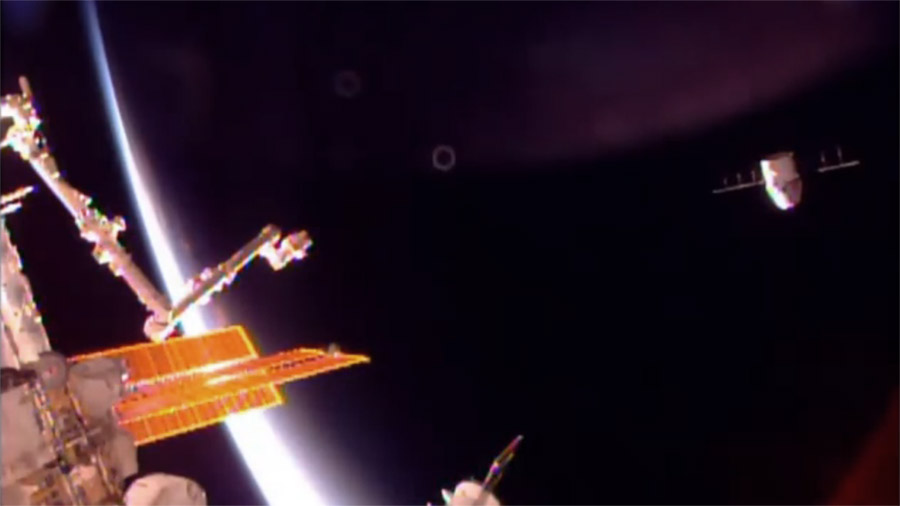
KENNEDY SPACE CENTER, FL – Concluding a month long stay at the International Space Station (ISS) a SpaceX Dragon cargo freighter loaded with some two tons of NASA research samples, hardware and micestonauts returned home to make a successful splashdown in the Pacific on Sunday, Sept. 17.
The SpaceX Dragon CRS-12 resupply ship successfully splashed down in the Pacific Ocean at approximately 10:14 a.m. EDT, 7:14 a.m. PDT, 1414 GMT Sunday, southwest of Long Beach, California, under a trio of main parachutes.
The parachute assisted splashdown marked the end of the company’s twelfth contracted cargo resupply mission to the orbiting outpost for NASA.
The capsule returned with more than 3,800 pounds (1,700 kg) of cargo and research and 20 live mice.
“Good splashdown of Dragon confirmed, completing its 12th mission to and from the @Space_Station,” SpaceX confirmed via twitter.
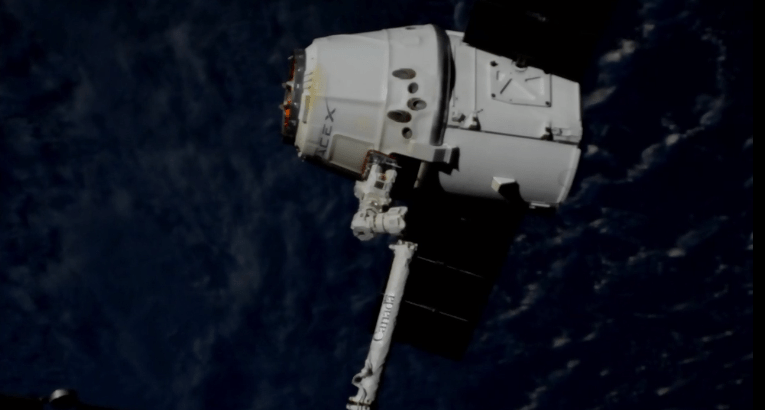
Liftoff of the SpaceX Falcon 9 carrying Dragon CRS-12 to orbit took place from seaside pad 39A at NASA’s Kennedy Space Center in Florida on Aug. 14 at 12:31 p.m. EDT (1631 GMT).
After a two day orbital chase Dragon had been berthed at the station since arriving on Aug. 16.
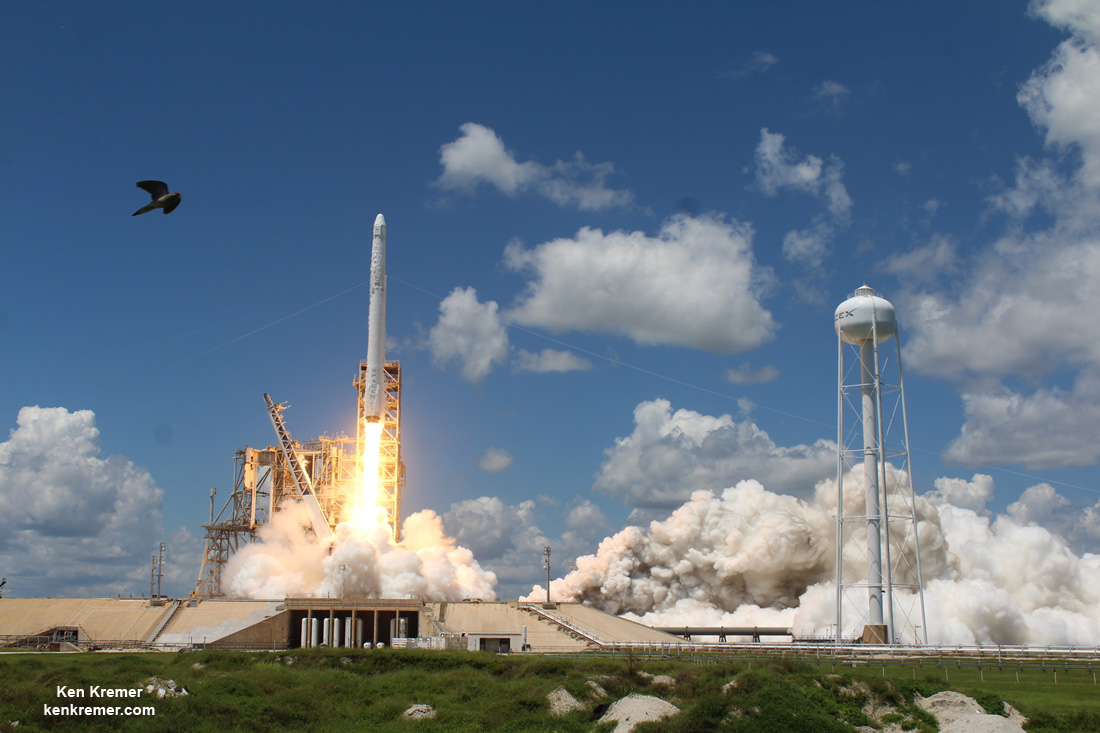
Dragon’s departure began early Sunday morning when Expedition 53 Flight Engineer Paolo Nespoli of ESA (European Space Agency) and ISS Commander Randy Bresnik of NASA released the Dragon spacecraft from the grips of the Canadarm2 robotic arm at 4:40 a.m. EDT, 1:40 a.m. PDT, 840 GMT.
The departure events were carried live on NASA TV. There was no live broadcast of the Pacific Ocean landing.
Working from a robotics work station inside the seven windowed domed Cupola module Nespoli and Bresnik used the station’s 57.7-foot-long (17.6 meter-long) Canadian-built robotic arm to detach Dragon from the Earth-facing port of the Harmony module and release it into space.
“We would like to give a big thanks to all the operational teams around the world that keep our presence in space possible – to the scientists and engineers that provide the outstanding research and equipment that we have in space, to NASA and all the space agencies that contribute to the space station. And to SpaceX for giving us this outstanding vehicle,” Nespoli radioed.
Dragon then backed away slowly via a trio of thruster firings.
“The three departure burns to move Dragon away from the @Space_Station are complete,” SpaceX confirmed.
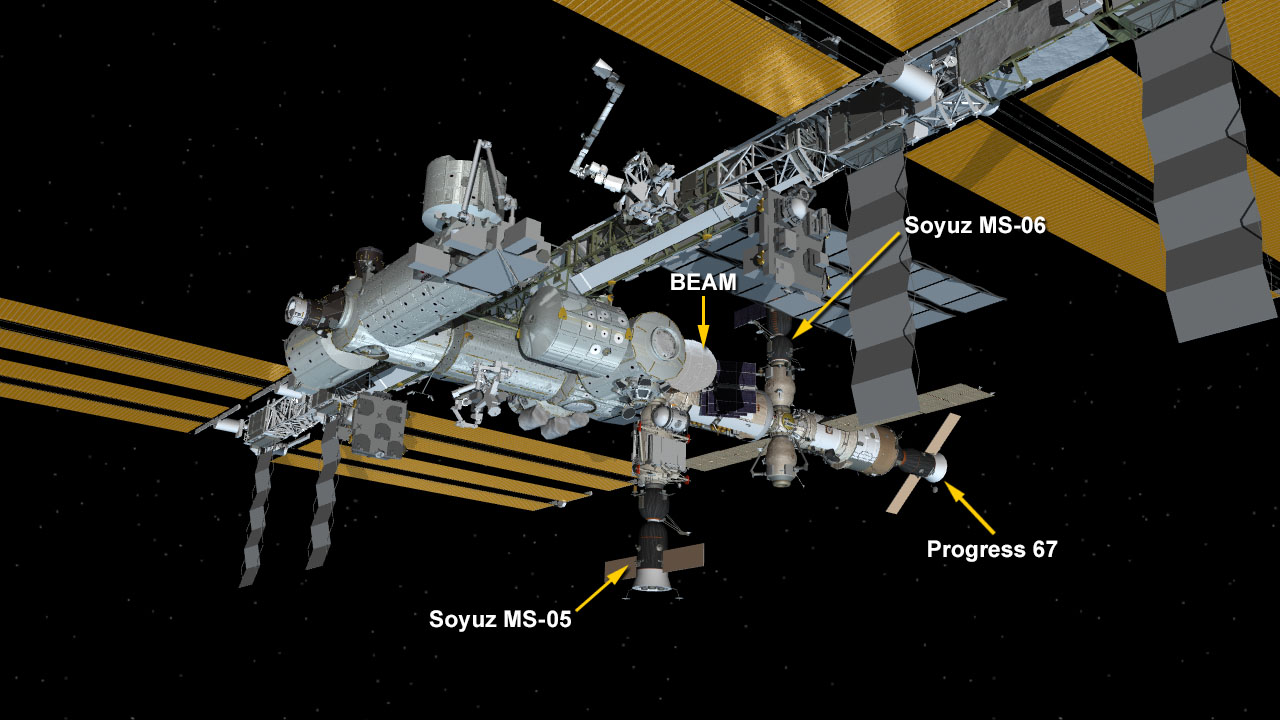
The final de-orbit burn took place as planned around 9 a.m. EDT some four and a half hours after leaving the station and setting Dragon up for the scorching reentry into the Earth’s atmosphere.
“Dragon’s de-orbit burn is complete and trunk has been jettisoned. Pacific Ocean splashdown in ~30 minutes,” said SpaceX.
All the drogue and main parachutes deployed as planned during the descent to Earth.
“Dragon’s three main parachutes have been deployed.”
SpaceX commercial naval ships were on standby to retrieve the spacecraft from the ocean and sail it back to port in Long Beach, California.
Some time critical research specimens will be removed immediately for return to NASA. The remainder will be transported back with Dragon to SpaceX’s test facility in McGregor, Texas, for final post flight processing and handover to NASA.
“A variety of technological and biological studies are returning in Dragon. NASA and the Center for the Advancement of Science in Space (CASIS), the non-profit organization that manages research aboard the U.S. national laboratory portion of the space station, will receive time-sensitive samples and begin working with researchers to process and distribute them within 48 hours,” said NASA in a statement.
The Dragon resupply ship dubbed Dragon CRS-12 counts as SpaceX’s twelfth contracted commercial resupply services (CRS) mission to the International Space Station for NASA since 2012.
SpaceX holds a NASA commercial resupply services (CRS) contract that includes up to 20 missions under the original CRS-1 contract.
The 20-foot high, 12-foot-diameter Dragon CRS-12 vessel carried more than 6,400 pounds ( 2,900 kg) of science experiments and research instruments, crew supplies, food water, clothing, hardware, gear and spare parts to the million pound orbiting laboratory complex when it launched Aug. 14 from KSC pad 39A.
20 mice were also onboard and were returned alive on the round trip flight.
This mission supported dozens of the 250 research investigations and experiments being conducted by Expedition 52 and 53 crew members – including NASA’s space endurance record breaking astronaut Peggy Whitson.
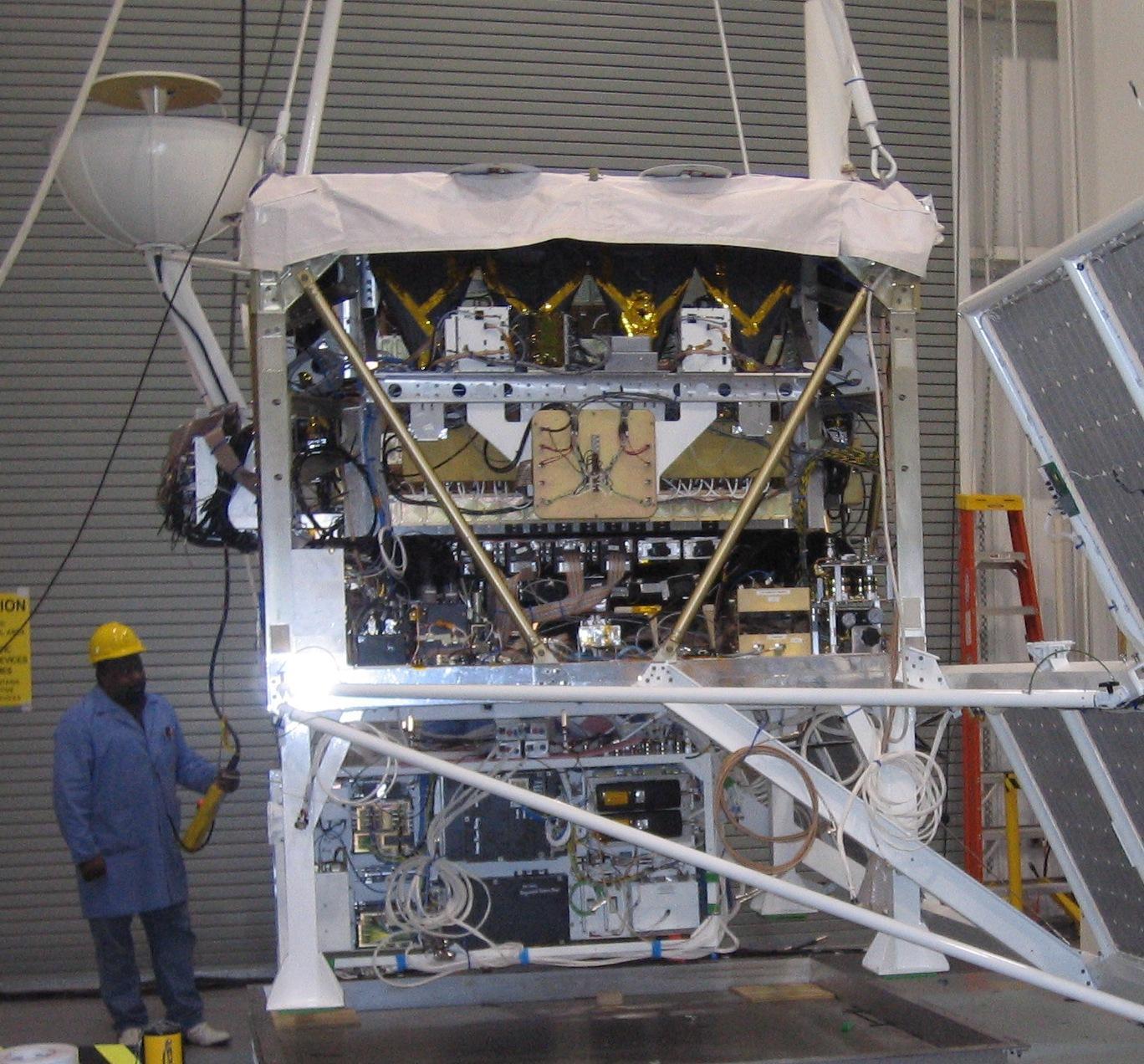
Whitson returned to Earth in a Soyuz capsule earlier this month following a 10 month mission and carried out research included in the samples returned by Dragon CRS-12.
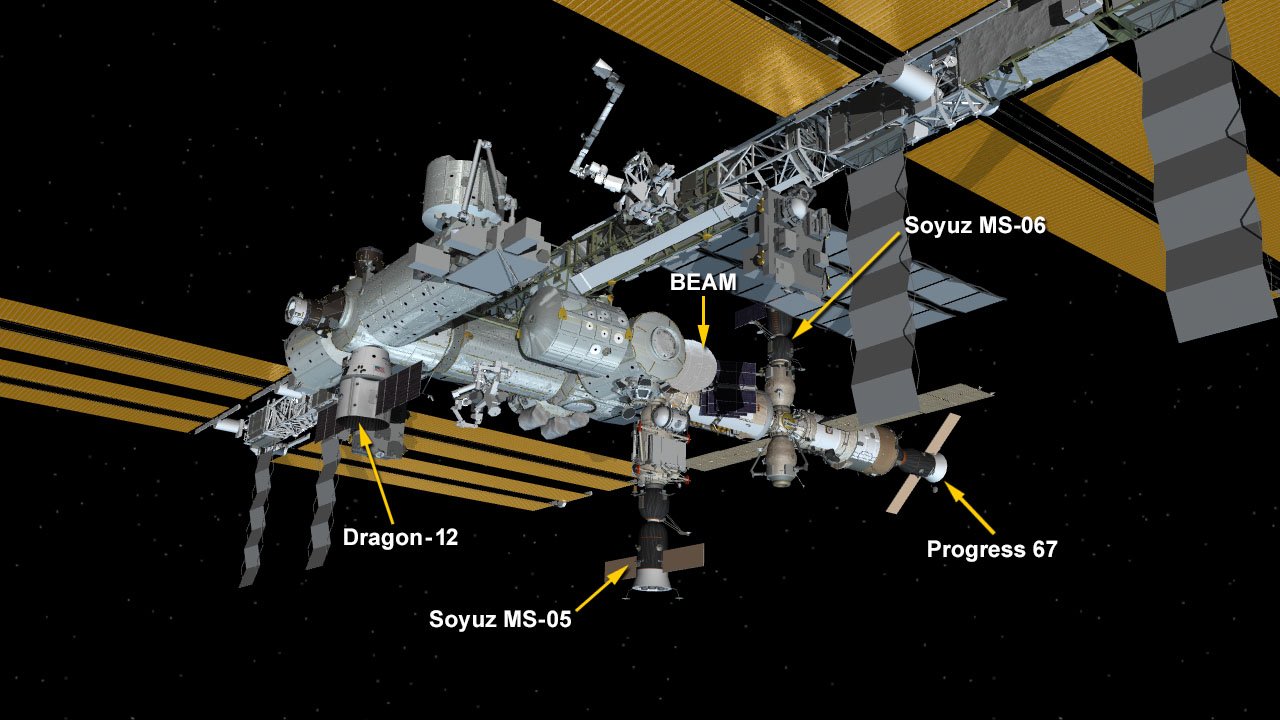
Here’s a NASA science summary:
The Lung Tissue experiment used the microgravity environment of space to test strategies for growing new lung tissue. The ultimate goal of this investigation is to produce bioengineered human lung tissue that can be used as a predictive model of human responses allowing for the study of lung development, lung physiology or disease pathology.
Samples from the CASIS PCG 7 study used the orbiting laboratory’s microgravity environment to grow larger versions of an important protein implicated in Parkinson’s disease. Developed by the Michael J. Fox Foundation, Anatrace and Com-Pac International, researchers will look to take advantage of the station’s microgravity environment which allows protein crystals to grow larger and in more perfect shapes than earth-grown crystals, allowing them to be better analyzed on Earth. Defining the exact shape and morphology of LRRK2 would help scientists to better understand the pathology of Parkinson’s and aid in the development of therapies against this target.
Mice from NASA’s Rodent Research-9 study also will return live to Earth for additional study. The investigation combined three studies into one mission, with two looking at how microgravity affects blood vessels in the brain and in the eyes and the third looking at cartilage loss in hip and knee joints. For humans on Earth, research related to limited mobility and degrading joints can help scientists understand how arthritis develops, and a better understanding of the visual impairments experienced by astronauts can help identify causes and treatments for eye disorders.
The next SpaceX Dragon is due to blastoff around December from KSC.
An Orbital ATK Cygnus cargo ship is slated to launch in November from NASA Wallops in Virginia.
Watch for Ken’s continuing onsite NASA mission reports direct from the Kennedy Space Center and Cape Canaveral Air Force Station, Florida.
Stay tuned here for Ken’s continuing Earth and Planetary science and human spaceflight news.
